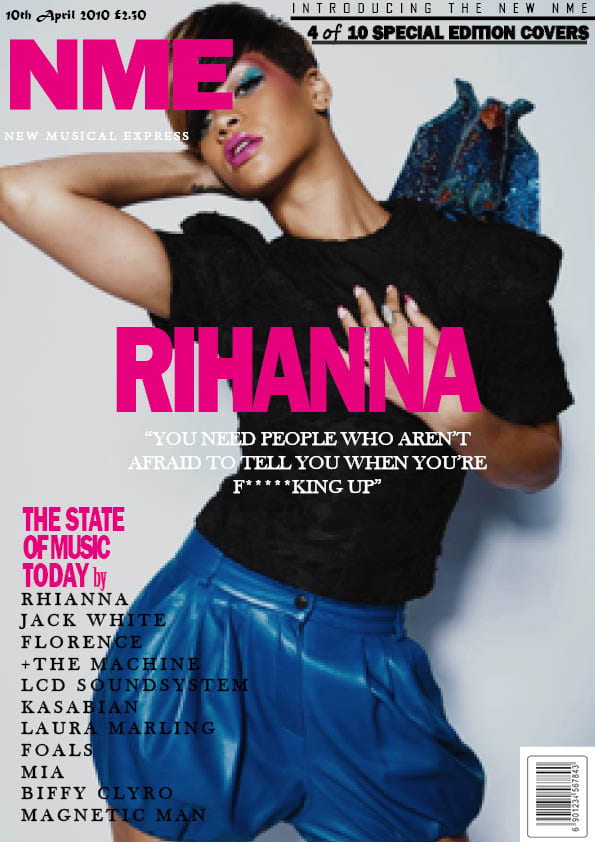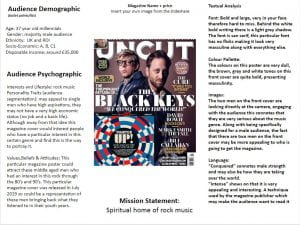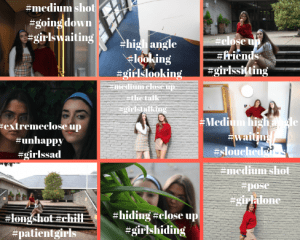What do I need think about when I make my own magazine cover?
When making my own magazine cover I need to think about the different conventions that are associated with magazine covers. I have gained the knowledge necessary so I know what to do and furthermore how to do it.
Camera Features –I will need to ensure I capture when taking pictures for my cover include high angle, low angle, long shot, close up, mid shot etc. These will collectively create and bring about the meaning and purpose for my magazine. It is a key feature for the eye line when first looking at it.
Mise-En-Scene-All these features are important for my inclusion of my magazine cover.
- Costume
- Lighting
- Actors
- Props
- Hair and Makeup
- Setting
Target Audience-Before creating my magazine I will need to research into my target audience finding out their demographics and psychographics in order to make it appropriate for the audience.
AIDA- For my magazine cover, I need to make sure that it attracts the target audience, interests them, creates desire and gives them information on things like where to get their tickets from.
Layout– I need to ensure that when creating my magazine cover that I include all the conventions necessary, e.g. masthead, main cover line, pug, plug etc.
Colour Scheme-after research, I will need to ensure that the colours which I include on my cover will be conventional to my magazine cover.
Typography-After a detailed research I will need to include fonts of the suitable genre. I will also adapt them with some features which I have learnt on Indesign. These include stroke, alignment and size of the text.








